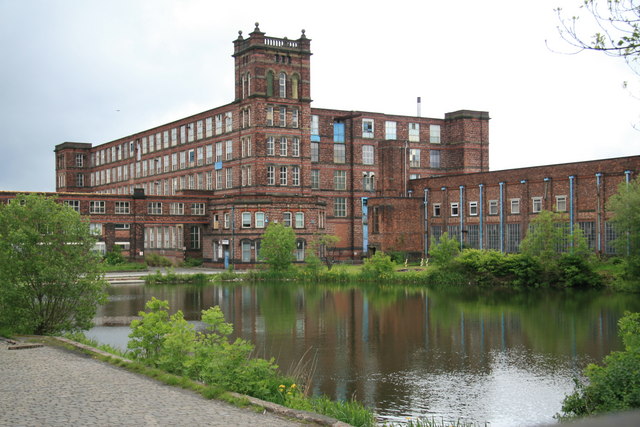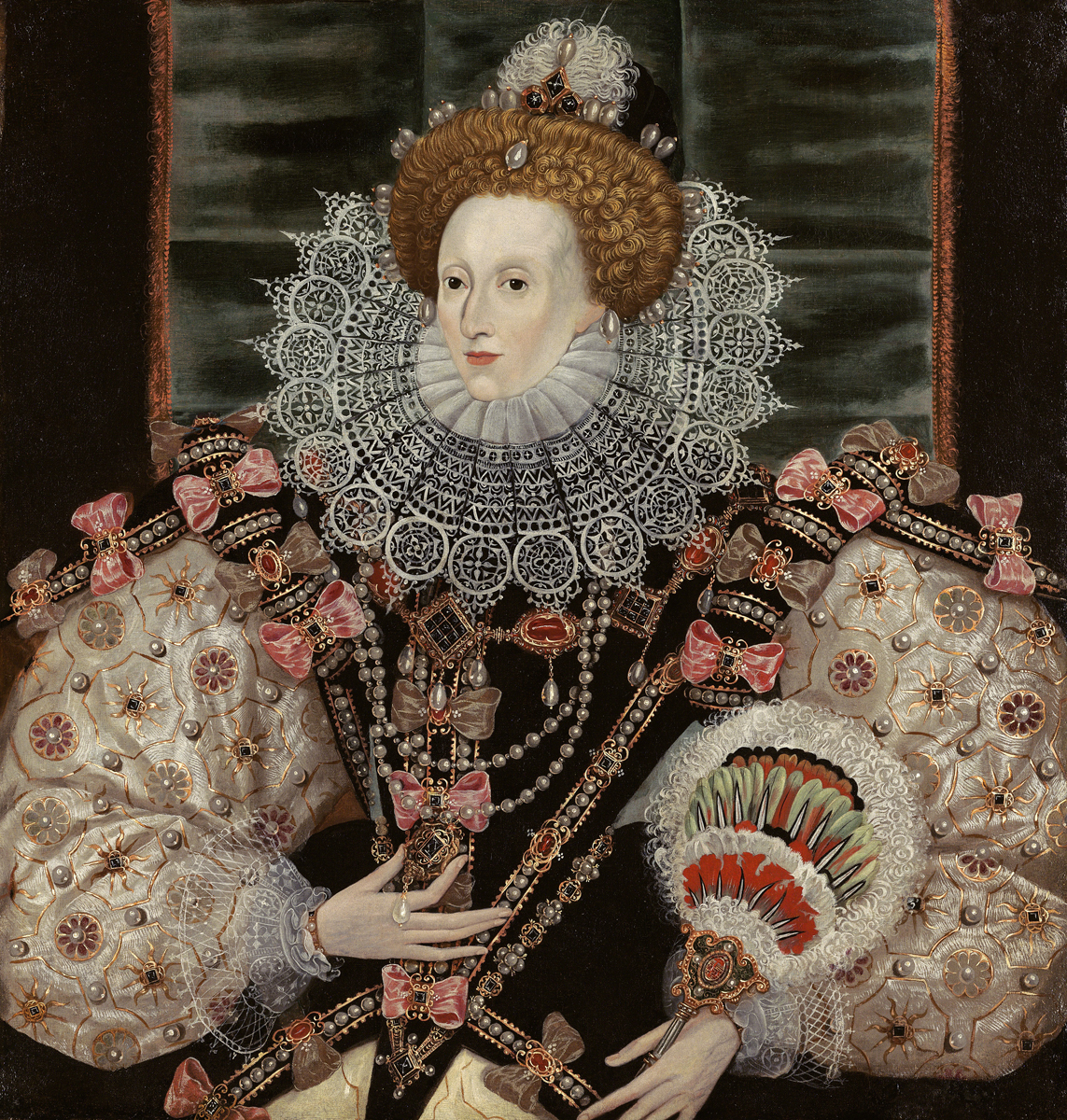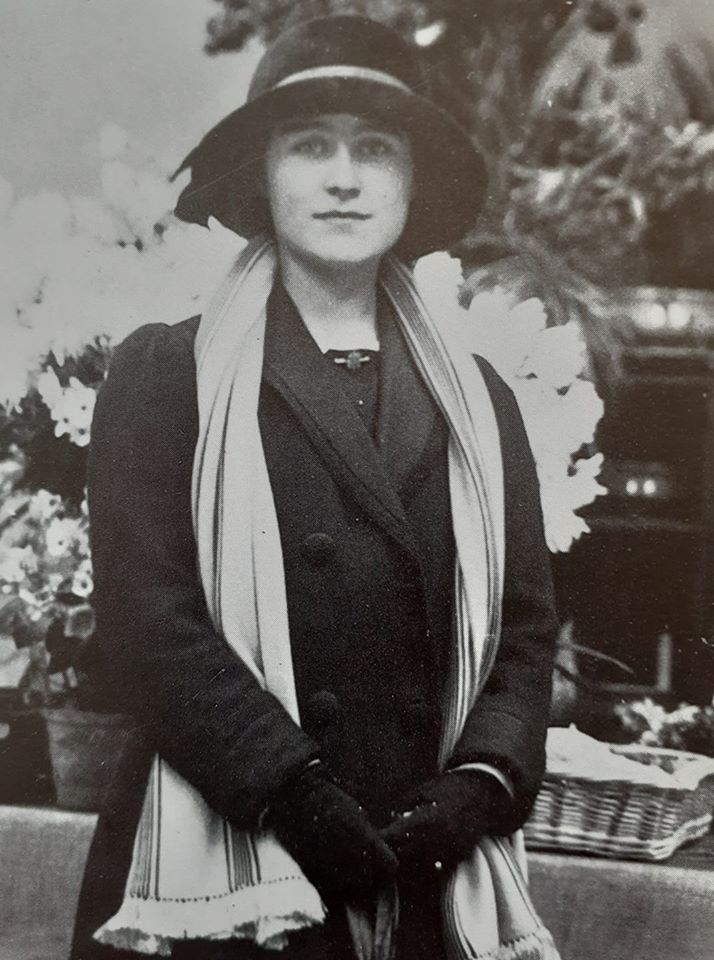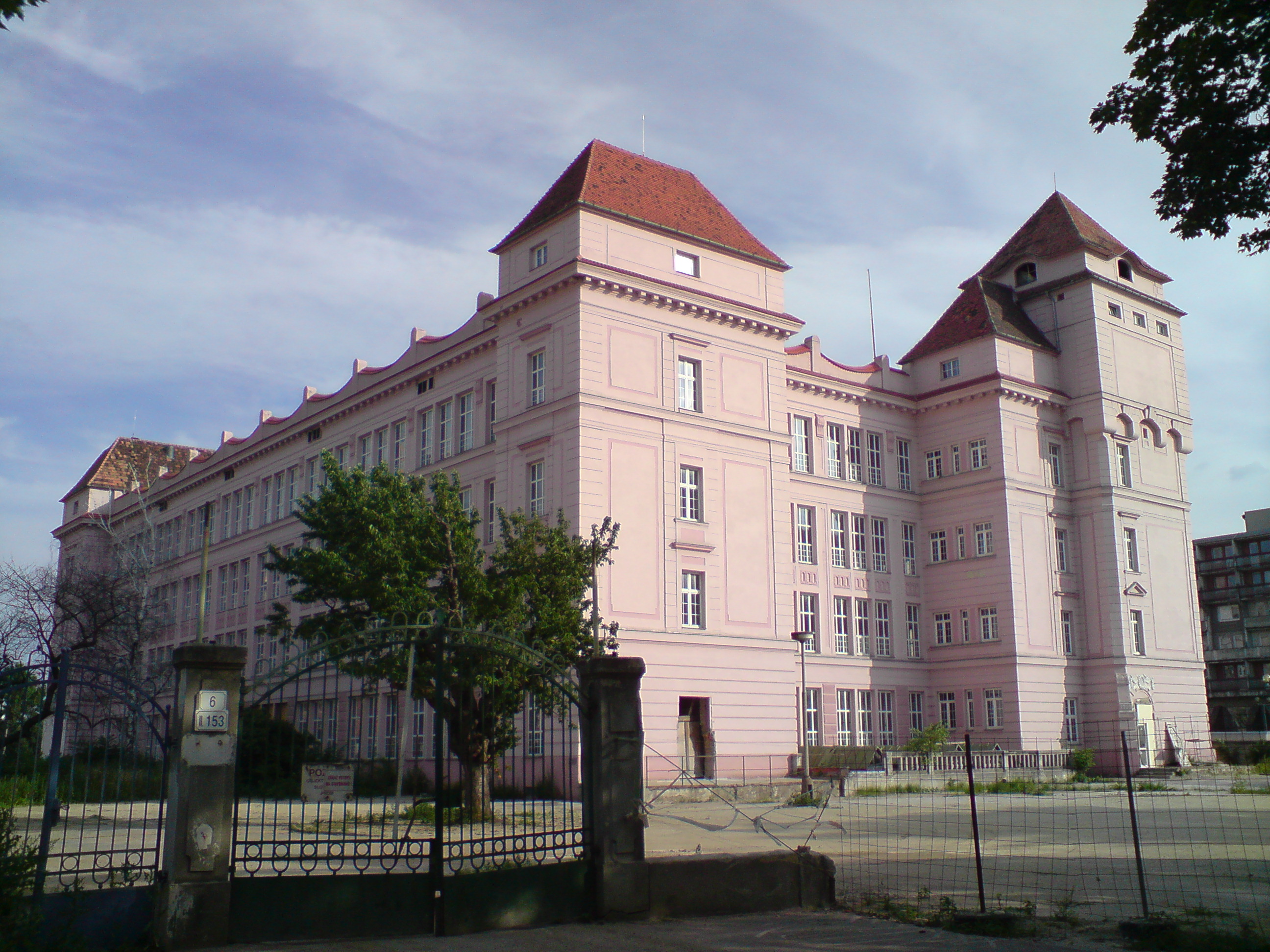|
Heywood, Greater Manchester
Heywood is a town in the Metropolitan Borough of Rochdale, Greater Manchester, England, in the historic county of Lancashire. It had a population of 28,205 at the 2011 Census. The town lies on the south bank of the River Roch, east of Bury, southwest of Rochdale, and north of Manchester. Middleton lies to the south, whilst to the north is the Cheesden Valley, open moorland, and the Pennines. The Anglo-Saxons cleared the densely wooded area, dividing it into heys or fenced clearings. In the Middle Ages, Heywood formed a chapelry in the township, around Heywood Hall, a manor house owned by a family with that surname. Farming was the main industry of a sparsely populated rural area. The population supplemented their incomes by hand-loom woollen weaving in the domestic system. The factory system in the town can be traced to a spinning mill in the late 18th century. Following the introduction of textile manufacture during the Industrial Revolution, Heywood developed into ... [...More Info...] [...Related Items...] OR: [Wikipedia] [Google] [Baidu] |
Metropolitan Borough Of Rochdale
The Metropolitan Borough of Rochdale is a metropolitan borough of Greater Manchester in England. Its largest town is Rochdale and the wider borough covers other outlying towns and villages, including Heywood, Greater Manchester, Heywood, Littleborough, Greater Manchester, Littleborough, Middleton, Greater Manchester, Middleton & Milnrow. It is the ninth-largest district by population in Greater Manchester with a population of in . History Within the boundaries of the Historic counties of England, historic county of Lancashire, the borough was formed in 1974 as part of the provisions of the Local Government Act 1972 and is an Amalgamation (politics), amalgamation of six former local government districts. It was originally proposed that the borough include the neighbouring town of Bury, Greater Manchester, Bury and disclude Middleton; Bury however went on to form the administrative centre for the adjacent Metropolitan Borough of Bury. The borough was formed by a merger of the fo ... [...More Info...] [...Related Items...] OR: [Wikipedia] [Google] [Baidu] |
Township (England)
In England, a township (Latin: ''villa'') is a local division or district of a large parish containing a village or small town usually having its own church. A township may or may not be coterminous with a chapelry, manor, or any other minor area of local administration. The township is distinguished from the following: * Vill: traditionally, among legal historians, a ''vill'' referred to the tract of land of a rural community, whereas ''township'' was used when referring to the tax and legal administration of that community. *Chapelry: the 'parish' of a chapel (a church without full parochial functions). * Tithing: the basic unit of the medieval Frankpledge system. 'Township' is, however, sometimes used loosely for any of the above. History In many areas of England, the basic unit of civil administration was the parish, generally identical with the ecclesiastical parish. However, in some cases, particularly in Northern England, there was a lesser unit called a township, being ... [...More Info...] [...Related Items...] OR: [Wikipedia] [Google] [Baidu] |
Gunpowder Plot
The Gunpowder Plot of 1605, in earlier centuries often called the Gunpowder Treason Plot or the Jesuit Treason, was an unsuccessful attempted regicide against James VI and I, King James VI of Scotland and I of England by a group of English Catholics, English Roman Catholics, led by Robert Catesby, who considered their actions attempted tyrannicide and who sought regime change in England after decades of religious persecution. The plan was to blow up the House of Lords during the State Opening of Parliament on Tuesday 5 November 1605, as the prelude to a popular revolt in the English Midlands, Midlands during which King James's nine-year-old daughter, Elizabeth Stuart, Queen of Bohemia, Princess Elizabeth, was to be installed as the new head of state. Catesby is suspected by historians to have embarked on the scheme after hopes of greater religious tolerance under James VI and I, King James I had faded, leaving many English Catholics disappointed. His fellow conspirators were ... [...More Info...] [...Related Items...] OR: [Wikipedia] [Google] [Baidu] |
M62 Motorway
The M62 is a west–east Pennines, trans-Pennine motorway in Northern England, connecting Liverpool and Kingston upon Hull, Hull via Manchester, Bradford, Leeds and Wakefield; of the route Concurrency (road), is shared with the M60 motorway, M60 orbital motorway around Manchester. The road is part of the unsigned International E-road network, Euroroutes European route E20, E20 (Shannon, County Clare, Shannon to Saint Petersburg) and European route E22, E22 (Holyhead to Ishim, Tyumen Oblast, Ishim). The motorway, which was first proposed in the 1930s, and conceived as two separate routes, was opened in stages between 1971 and 1976, with construction beginning at Pole Moor near Huddersfield and finishing at that time in Tarbock on the outskirts of Liverpool. The motorway absorbed the northern end of the Stretford-Eccles, Greater Manchester, Eccles bypass, which was built between 1957 and 1960. Adjusted for inflation to 2007, its construction cost approximately £765 millio ... [...More Info...] [...Related Items...] OR: [Wikipedia] [Google] [Baidu] |
Queen Elizabeth The Queen Mother
Elizabeth Angela Marguerite Bowes-Lyon (4 August 1900 – 30 March 2002) was Queen of the United Kingdom and the Dominions of the British Commonwealth from 11 December 1936 to 6 February 1952 as the wife of King George VI. She was also the last Empress of India from 1936 until the British Raj was dissolved on 15 August 1947. After her husband died, she was officially known as Queen Elizabeth The Queen Mother to avoid confusion with her daughter Queen Elizabeth II. Born into a family of British nobility, Elizabeth came to prominence in 1923 when she married Prince Albert, Duke of York, the second son of King George V and Queen Mary. The couple and their daughters, Elizabeth and Margaret, embodied traditional ideas of family and public service. The Duchess undertook a variety of public engagements and became known for her consistently cheerful countenance. In 1936, Elizabeth's husband unexpectedly ascended the throne as George VI when his older brother, ... [...More Info...] [...Related Items...] OR: [Wikipedia] [Google] [Baidu] |
Textile Industry
The textile industry is primarily concerned with the design, production and distribution of textiles: yarn, cloth and clothing. Industry process Cotton manufacturing Cotton is the world's most important natural fibre. In the year 2007, the global yield was 25 million tons from 35 million hectares cultivated in more than 50 countries. There are five stages of cotton manufacturing: * Cultivating and harvesting * Preparatory processes * Spinning — giving yarn * Weaving — giving fabrics * Finishing — giving textiles In the textile industry, textile engineering is an area of engineering that involves the design, production, and distribution of textile products through processes including cultivation, harvesting, spinning, weaving, and finishing of raw materials, encompassing both natural and synthetic fibers. Synthetic fibres Artificial fibres can be made by extruding a polymer, through a spinneret (polymers) into a medium where it hardens. Wet spinning (rayon) uses a c ... [...More Info...] [...Related Items...] OR: [Wikipedia] [Google] [Baidu] |
Municipal Borough
A municipal borough was a type of local government Local government is a generic term for the lowest tiers of governance or public administration within a particular sovereign state. Local governments typically constitute a subdivision of a higher-level political or administrative unit, such a ... district which existed in England and Wales between 1836 and 1974, in Northern Ireland from 1840 to 1973 and in the Republic of Ireland from 1840 to 2002. Broadly similar structures existed in Scotland from 1833 to 1975 with the reform of royal burghs and creation of police burghs. England and Wales Municipal Corporations Act 1835 Ancient borough, Boroughs had existed in England and Wales since Middle Ages, medieval times. By the late Middle Ages they had come under royal control, with municipal corporation, corporations established by royal charter. These corporations were not popularly elected: characteristically they were self-selecting Oligarchy, oligarchies, were nominated b ... [...More Info...] [...Related Items...] OR: [Wikipedia] [Google] [Baidu] |
Mill Town
A mill town, also known as factory town or mill village, is typically a settlement that developed around one or more List of types of mill#Manufacturing facilities, mills or factories, often cotton mills or factories producing textiles. Europe Italy * ''Crespi d'Adda'', UNESCO World Heritage Site * ''Nuovo quartiere operaio'' in Schio * ''Villaggio Leumann'' a Collegno * ''Villaggio Frua'' in Saronno * ''Villaggio operaio della Filatura'' in Tollegno Poland Żyrardów The town grew out of a textile factory founded in 1833 by the sons of Feliks Lubienski, who owned the land where it was built. They brought in a specialist from France and his newly designed machines. He was French inventor, Philippe de Girard from Lourmarin. He became a director of the firm. The factory town developed during the 19th century into a significant textile mill town in Poland. In honour of Girard, 'Ruda Guzowska' as the original estate was called, was renamed Żyrardów, a toponym derived of the ... [...More Info...] [...Related Items...] OR: [Wikipedia] [Google] [Baidu] |
Textile Manufacture During The Industrial Revolution
Textile manufacture during the British Industrial Revolution was centred in south Lancashire and the towns on both sides of the Pennines in the United Kingdom. The main drivers of the Industrial Revolution were textile manufacturing, iron founding, steam power, oil drilling, the discovery of electricity and its many industrial applications, the telegraph and many others. Railroads, steamboats, the telegraph and other innovations massively increased worker productivity and raised standards of living by greatly reducing time spent during travel, transportation and communications. Before the 18th century, the manufacture of cloth was performed by individual workers, in the weavers' cottage, premises in which they lived and goods were transported around the country by packhorses or by Navigation, river navigations and contour-following canals that had been constructed in the early 18th century. In the mid-18th century, artisans were inventing ways to become more productive. Silk, woo ... [...More Info...] [...Related Items...] OR: [Wikipedia] [Google] [Baidu] |
Cotton Mill
A cotton mill is a building that houses spinning or weaving machinery for the production of yarn or cloth from cotton, an important product during the Industrial Revolution in the development of the factory system. Although some were driven by animal power, most early mills were built in rural areas at fast-flowing rivers and streams, and used water wheels for power. The development of viable steam engines by Boulton and Watt from 1781 led to the growth of larger, steam-powered mills. They were built in a concentrated way in urban mill towns, such as Manchester. Together with neighbouring Salford, it had more than 50 mills by 1802. The mechanisation of the spinning process in the early factories was instrumental in the growth of the machine tool industry, enabling the construction of larger cotton mills. Limited companies were developed to construct mills, and together with the business of the trading floors of the cotton exchange in Manchester, a vast commercial cit ... [...More Info...] [...Related Items...] OR: [Wikipedia] [Google] [Baidu] |
Factory System
The factory system is a method of manufacturing whereby workers and manufacturing equipment are centralized in a factory, the work is supervised and structured through a division of labor, and the manufacturing process is mechanized. Because of the high capital cost of machinery and factory buildings, factories are typically privately owned by wealthy individuals or corporations who employ the operative labor. Use of machinery with the division of labor reduced the required skill-level of workers and also increased the output per worker. The factory system was first adopted by successive entrepreneurs in Britain at the beginning of the Industrial Revolution in the late-eighteenth century and later spread around the world. It replaced the putting-out system (domestic system). The main characteristic of the factory system is the use of machinery, originally powered by water or steam and later by electricity. Other characteristics of the system mostly derive from the use of ma ... [...More Info...] [...Related Items...] OR: [Wikipedia] [Google] [Baidu] |
Domestic System
The putting-out system is a means of subcontracting work, like a tailor. Historically, it was also known as the workshop system and the domestic system. In putting-out, work is contracted by a central agent to subcontractors who complete the project via remote work. It was used in the English and American textile industries, in shoemaking, lock-making trades, and making parts for small firearms from the Industrial Revolution until the mid-19th century. After the invention of the sewing machine in 1846, the system lingered on for the making of ready-made men's clothing. The domestic system was suited to pre-urban times because workers did not have to travel from home to work, which was quite unfeasible due to the state of roads and footpaths, and members of the household spent many hours in farm or household tasks. Early factory owners sometimes had to build dormitories to house workers, especially girls and women. Putting-out workers had some flexibility to balance farm and ho ... [...More Info...] [...Related Items...] OR: [Wikipedia] [Google] [Baidu] |








